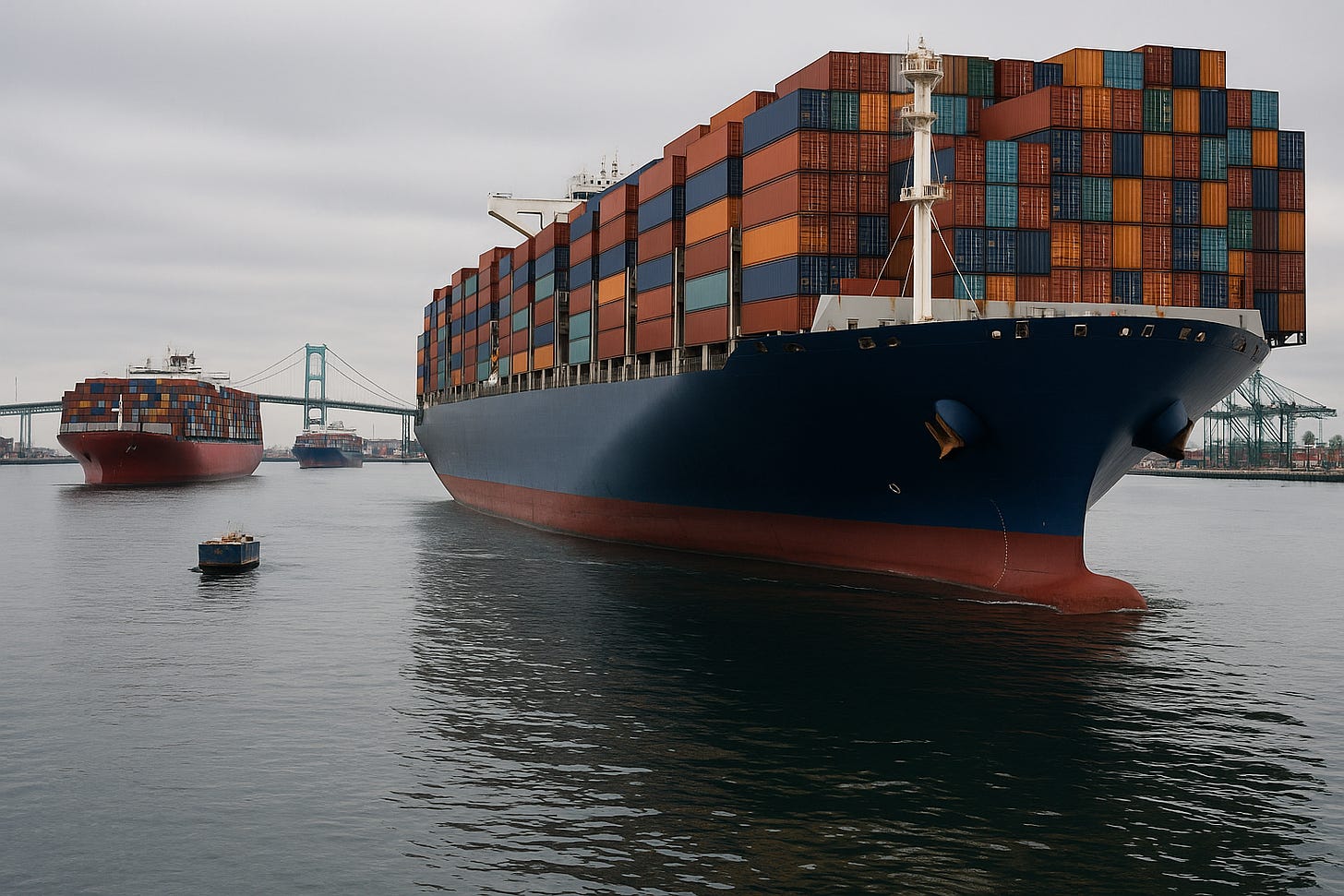Tariffs: Who Really Pays, and How Much?
A deep dive into claims that tariffs are bringing "trillions of dollars" into the U.S.
When President Trump (or anyone) says “we’re bringing in billions from China” through tariffs, it sounds like China is cutting a check to the U.S. Treasury. But here’s the reality: Tariffs are a tax on imports, and the importer is almost always a U.S. company. They pay the tariff at the port, then pass most or all of that cost along to wholesalers, reta…
Keep reading with a 7-day free trial
Subscribe to TheRobArcher.com to keep reading this post and get 7 days of free access to the full post archives.



